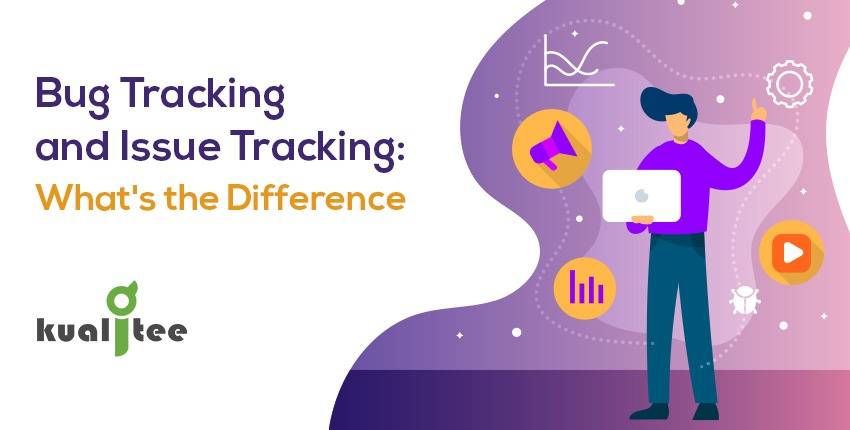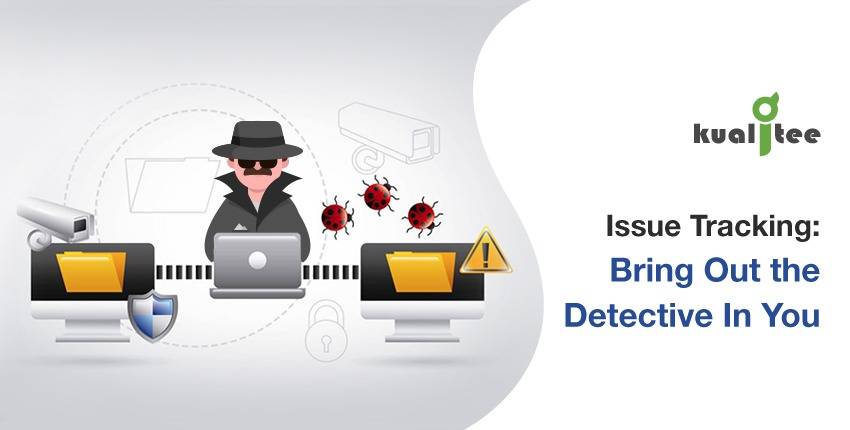Both of these are often confused to be the same thing. The reality is, yes, they are more or less the same. But there are few differences which lie between them and separate them from each other. Bug tracking is a subset of issue tracking. Where bug checking is only limited to reporting and management of issue within the coding, issue checking deals with any single issue be it in the requirements/specifications, workflow, coding, design, or even post-production issue that users experience. Incorporating bug management tools in the SDLC before coding provides a structured opportunity to address these kinds of bugs when they’re cheapest to fix.
Tracking systems in general help you address the following questions:
- What has happened?
- What’s being worked on?
- What’s pending?
Tracking systems aware teams regarding the direction of the project and what needs to be changed to reach a certain goal. This might seem like a basic thing unless you don’t give it a thought. It’s getting harder and harder to keep the focus on important details when you have so many distractions. A plethora of bulky emails, difficulties in on-going assignments, referring back to something, again and again, does any of this ring-a-bell? Yes, if you are responsible for getting things done, these are the complexities you face every day. And this is where you lose track of important details. The tracking system acts as a live feed for your project. This keeps you informed of all the updates and problems. With automation and customization, it becomes easy to keep an eye on things you care the most; be it the deadlines or resources.
Tracking systems help you prioritize a list of actions based on their severity and assign them to your team. You can later review these tasks to check the progress. This will also inculcate a sense of accountability. Along with tasks, almost everything is maintained as a list that can be sorted, searched, or filtered as per requirement. This gives you the flexibility to analyze things and provide a better structure for them.
Issue Tracking
It shares the same concept of a system as discussed above except that it solely focuses on the issues. By definition, it is:
“A software application that allows an enterprise to record and follow the progress of every problem or “issue” that a computer system user identifies until the problem is resolved. With an ITS, an “issue”, which can be anything from a simple customer question to a detailed technical report of an error or bug, can be tracked by priority status, owner, or some other customized criteria.” – Searchcrm
A reliable tracking issue system streamlines the process of managing and resolving issues across teams. It is a crucial aspect of maintaining high software quality and user satisfaction.
Bug Tracking
“A bug tracking system or defect checking system is a software application that keeps track of reported software bugs in software development projects. It may be regarded as a type of issue tracking system.”— Wikipedia
Effective tracking bug systems are essential to identify, report, and resolve software issues efficiently.
Why issue tracking over bug tracking?
- Resolving issues in the early stages of SDLC is not only easier but also saves costs significantly. That makes the timing of issue-detection critical.
- Issue tracking tools act as centralized storage where you can find all the important information for your project, how it evolved and can easily analyze its growth.
- Each feature is well discussed and tested before implementation which lays down a clear path regarding how the plan is to be implemented. In short, it eliminates all the ambiguities.
- Accurate and real-time information sharing aids communication and teamwork.
Conclusion
Both issue and bug tracking share the same purpose. That is, to organize things better. Issue checking, however, leaves no box unticked when it comes to testing during each phase of SDLC as opposed to bug checking which only focuses on the coding phase. It helps you identify and resolve issues before they can give you problems. This reduces your time and cost to the market. Every successful bug tracking project begins with clear goals and the right tools in place. However, when it comes to the matter of bug management tools, it depends entirely on your business requirements and what makes better sense for you. Whichever you choose, your project will surely be more manageable. Organizations that track software bugs consistently can better analyze and address recurring defects.















































